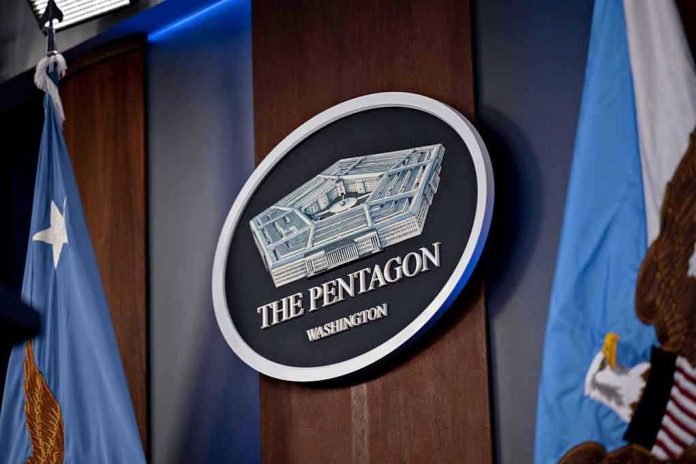
Seventy-nine Cold War-era Boeing 707 jets still fly today—shielded from commercial obsolescence and serving as a stark reminder of how American military ingenuity endures long after globalist trends and “woke” fads have faded from the skies.
Story Snapshot
- Boeing 707s, once icons of American progress, now operate exclusively in government and military roles.
- The aircraft’s longevity highlights the strength of conservative defense priorities over fleeting commercial trends.
- The 707’s robust design and adaptability have kept it valuable for missions vital to national security.
- Its continuing service stands in contrast to both the wastefulness of government overreach and the erosion of proven American engineering values.
Boeing 707: From Commercial Icon to Military Mainstay
Developed in the early 1950s, the Boeing 707 emerged as a direct response to the world’s demand for faster, more reliable air travel. Its first prototype, the Dash 80, took flight in 1954, setting a new standard for jet-powered aviation. When Pan Am launched the first scheduled 707 service in 1958, the jet doubled transatlantic passenger capacity and speed, making long-haul travel routine and affordable for millions. This era, however, was marked by American leadership in aerospace and a spirit of innovation that prioritized national strength and self-reliance.
Despite the 707’s enormous commercial success throughout the 1960s and 1970s, its single-aisle design eventually became a bottleneck as passenger demand soared. The introduction of wide-body jets, such as the Boeing 747, led to the 707’s gradual retirement from commercial fleets. Yet, instead of being scrapped, many of these aircraft found new life in government, military, and cargo roles—missions that still value range, reliability, and adaptability over the latest commercial trends. Today, all 79 remaining 707s serve exclusively in government and military organizations, executing tasks crucial to national security and sovereignty.
Enduring Value in Conservative Defense Priorities
The persistent use of the Boeing 707 by the U.S. military and allied governments is no accident. Unlike commercial airlines driven by profit and fleeting consumer fads, the military prizes proven technology, mission reliability, and cost-effective upgrades. The 707’s sturdy airframe and adaptable platform continue to support aerial refueling, surveillance, command-and-control, and VIP transport. These missions are fundamental to the defense of American interests—a fact that resonates with those who reject reckless spending on unproven technology and resist surrendering national security to globalist priorities.
Maintaining these aging jets, however, is not without challenge. Parts scarcity and rising maintenance costs have forced operators to rely on deep technical expertise and a robust domestic supply chain—an approach that stands in stark contrast to the dependency on foreign manufacturing seen in other sectors. This dedication to maintaining American assets aligns with conservative values of self-sufficiency, prudent spending, and prioritizing the nation’s defense above bureaucracy or virtue signaling.
The 707’s Legacy: A Testament to American Principles
The Boeing 707’s continued relevance is a testament to the enduring value of American engineering and the principles that built the nation’s military might. While some view its survival as a sign of slow modernization, experts and historians emphasize how its robust design and adaptability have kept it indispensable for specialized roles. The jet’s legacy is not just technical—it is cultural, representing an era when American innovation meant something, and when government spending was directed at strengthening the nation rather than promoting divisive or unproven agendas.
Why The US Military Still Flies The Boeing 707: https://t.co/PhTbiWdGZE
— Flyin18T Motorsports (@Flyin18T) August 17, 2025
As the global fleet dwindles, the final 707s serve as a warning against the waste and shortsightedness of abandoning proven assets for flashy, costly replacements. Their ongoing missions highlight the wisdom of preserving what works—a lesson that carries weight far beyond aviation, reminding constitutional conservatives to remain vigilant against policies that threaten core American values, military readiness, or national sovereignty.
Sources:
Flightradar24: History of the 707
Smithsonian National Air and Space Museum: Evolution of the Commercial Airliner
707 Adastron: Boeing 707 History
EBSCO Research Starters: Boeing 707 Begins Commercial Service













